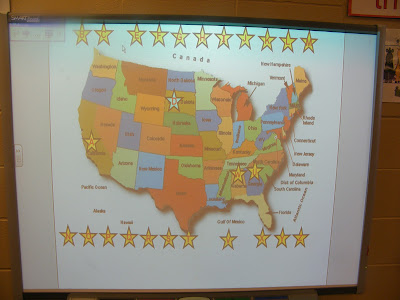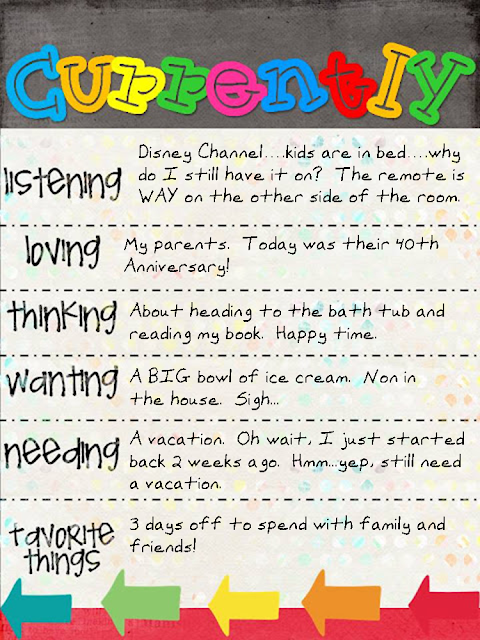Show and Tell is a love/hate relationship for me. The kids love it and I hate dread it.
I try and make the kids stick to the focus letters of the week. This week's focus letters were N and P. Most of the time the kids DO bring things that start with N and P.
But it never fails that someone will bring something totally unrelated.
This week I had a key chain in the shape of a cat. I tried really hard to think of a way for it to fit into our show and tell.
I don't want to tell the kids they "can't" show something they are proud of!
So. . . we decided it was "P" show and tell because cats PURR.
It's the best I could come up with. . .
I feel like I do get a few standards covered with Show and Tell:
Reading:
Phonological awareness
2b Count, pronounce, blend, and segment syllables in spoken words.
For each S & T we clap the syllables.
Speaking and Listening:
Participate in collaborative conversations with
diverse partners about kindergarten topics and
texts with peers and adults in small and larger
groups.
a. Follow agreed-upon rules for discussions (e.g.,
listening to others and taking turns speaking
about the topics and texts under discussion).
b. Continue a conversation through multiple
exchanges.
4. Describe familiar people, places, things, and events and, with prompting and support, provide additional detail. Speak audibly and express thoughts, feelings, and
ideas clearly
The kids "Tell" us about their S & T and then they have a chance to ask questions about the S & T.
Math:
Counting and Cardinality K.CC
2. Count forward beginning from a given number within the known sequence (instead of having to begin at 1).
We tally mark and skip count.
3. Write numbers from 0 to 20. Represent a number of objects with a written numeral 0-20 (with 0 representing a count of no objects).
Count to tell the number of objects.
4. Understand the relationship between numbers and quantities; connect counting to cardinality.
a. When counting objects, say the number names in the standard order, pairing each object with one and only one number name and each number name with one and only one object.
b. Understand that the last number name said tells the number of objects counted. The number of objects is the same regardless of their arrangement or the order in which they were counted.
c. Understand that each successive number name refers to a quantity that is one larger.
5. Count to answer “how many?” questions about as many as 20 things arranged in a line, a rectangular array, or a circle, or as many as 10 things in a scattered configuration; given a number from 1–20, count out that many objects.
Compare numbers.
6. Identify whether the number of objects in one group is greater than, less than, or equal to the number of objects in another group, e.g., byusing matching and counting strategies.
7. Compare two numbers between 1 and 10 presented as written numerals.
We count and write the number in each letter group. Talk about which group has more/less, etc.
So, when I think of the standards being covered it makes me dread it a little less.
Plus, like I said, the kids LOVE it.
And really. . . school is about them not me!
S week Show and Tell.




















































